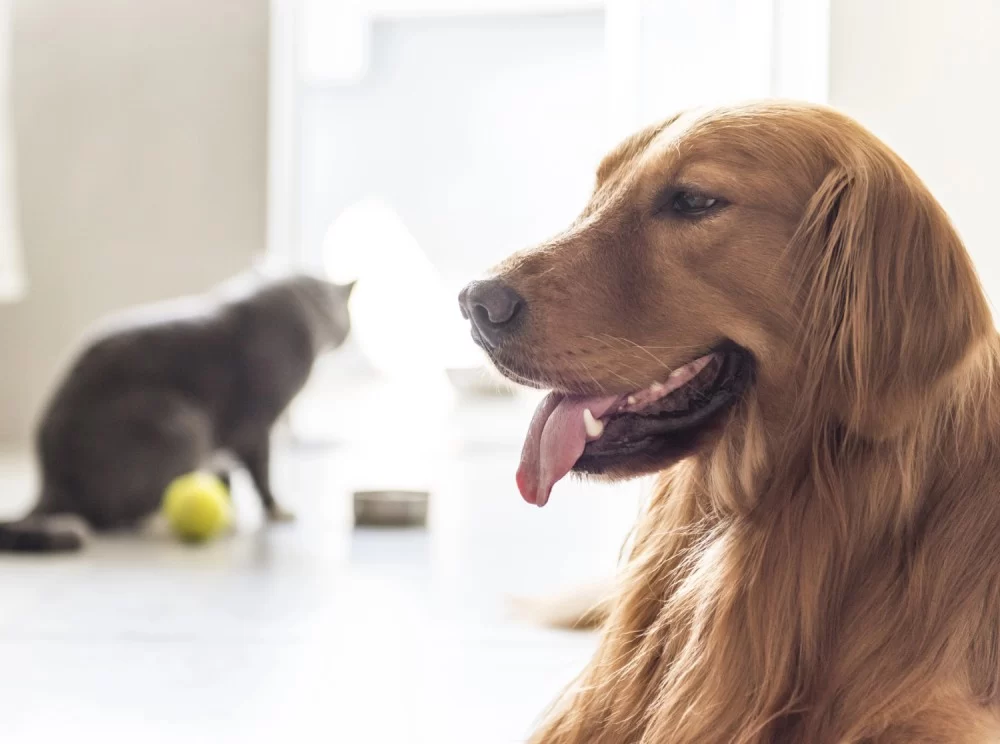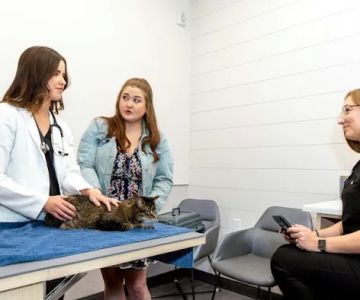- Understanding the Dynamics of Multi-Pet Households
- Key Strategies for Managing Multi-Pet Homes
- Handling Conflicts and Promoting Pet Harmony
- Real-World Experience from a Multi-Pet Family
- Professional Advice from Hidden Brook Veterinary
1. Understanding the Dynamics of Multi-Pet Households
Managing a home with multiple pets is both rewarding and challenging. Whether you have two dogs, a mix of cats and dogs, or even more species, understanding the unique dynamics is essential for a peaceful household. Each pet brings its own personality, needs, and communication style, which influences how they interact with each other and their environment.
Recognizing these dynamics early helps owners anticipate potential issues and foster a harmonious living space. For example, dogs often establish a pack hierarchy, while cats may be more territorial. Knowing these natural behaviors provides the foundation for successful management.
1.1 Different Species, Different Needs
When handling multi-pet households, it’s important to acknowledge that species have different social and environmental requirements. Cats may need vertical spaces to feel secure, while dogs require regular exercise and social interaction. Catering to these needs reduces stress and promotes positive interactions.
1.2 Individual Personalities Matter
Beyond species, individual temperaments significantly affect multi-pet relationships. A shy cat might avoid a boisterous dog, while two dogs with dominant personalities could clash without careful guidance. Assessing and respecting these personality traits plays a critical role in how you manage your multi-pet home.
2. Key Strategies for Managing Multi-Pet Homes
Successful management of multiple pets requires thoughtful planning and consistent routines. Here are detailed strategies to help create a balanced environment:
2.1 Gradual Introductions and Controlled Interactions
When introducing a new pet, gradual and supervised introductions help reduce stress and territorial disputes. Start with scent swapping and short visual meetings before allowing full interaction. This stepwise approach builds comfort and trust over time.
2.2 Designated Spaces and Resources
Assign separate feeding stations, sleeping areas, and litter boxes (for cats) to prevent competition. Ensuring that each pet has their own safe retreat minimizes territorial tension and promotes independence within the household.
2.3 Consistent Routines and Training
Pets thrive on routine. Feeding, playtime, and exercise schedules should be consistent and clearly structured. Training commands and positive reinforcement help manage behaviors, creating clear expectations and reducing confusion.
2.4 Monitoring Health and Wellbeing
Multi-pet homes require vigilance in monitoring each pet’s health. Illness in one can quickly spread or impact others. Routine veterinary checkups and proper hygiene practices are vital to maintaining a healthy household.
3. Handling Conflicts and Promoting Pet Harmony
Even with the best preparation, conflicts may arise. How you respond can make all the difference in maintaining peace.
3.1 Recognizing Early Warning Signs
Body language such as stiff postures, growling, or avoidance signals can indicate brewing conflict. Early intervention, such as calmly redirecting pets or separating them, prevents escalation.
3.2 Positive Reinforcement and Reward Systems
Rewarding calm and friendly interactions encourages pets to associate each other’s presence with positive experiences. Use treats, praise, and playtime as incentives to strengthen bonds.
3.3 Professional Behavior Consultations
In challenging cases, professional help from behaviorists or veterinarians, such as those at Hidden Brook Veterinary, can provide tailored strategies and training plans to address specific issues effectively.
4. Real-World Experience from a Multi-Pet Family
Take the example of Sarah, who recently expanded her family by adopting a second dog while already caring for a senior cat. Initially, the new dog’s energetic nature unsettled the cat, causing stress and hiding behavior. By consulting Hidden Brook Veterinary, Sarah received expert advice on gradual introductions and creating separate safe zones for each pet.
Through patience, structured routines, and targeted enrichment activities, Sarah’s pets gradually adjusted. Within a few months, the cat regained confidence, and the dogs developed a respectful companionship. This story exemplifies that thoughtful management and professional support can transform potential chaos into harmony.
4.1 Lessons from Experience
This case highlights the importance of anticipating challenges and being proactive. Multi-pet households benefit greatly from expert guidance and a tailored approach considering each pet’s personality and needs.
5. Professional Advice from Hidden Brook Veterinary
Hidden Brook Veterinary emphasizes these core principles for multi-pet household success:
5.1 Individual Attention for Each Pet
While managing the group dynamic is essential, ensure each pet’s unique needs receive dedicated attention.
5.2 Open Communication with Professionals
Regular consultations help identify emerging issues early and adapt care plans accordingly.
5.3 Environment Enrichment
Provide toys, climbing areas, and mental stimulation to reduce boredom and prevent behavioral problems.
For tailored advice and the best products to support your multi-pet household, consider reaching out to Hidden Brook Veterinary, where expert guidance meets personalized care.












